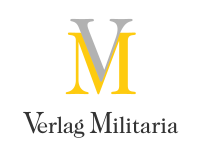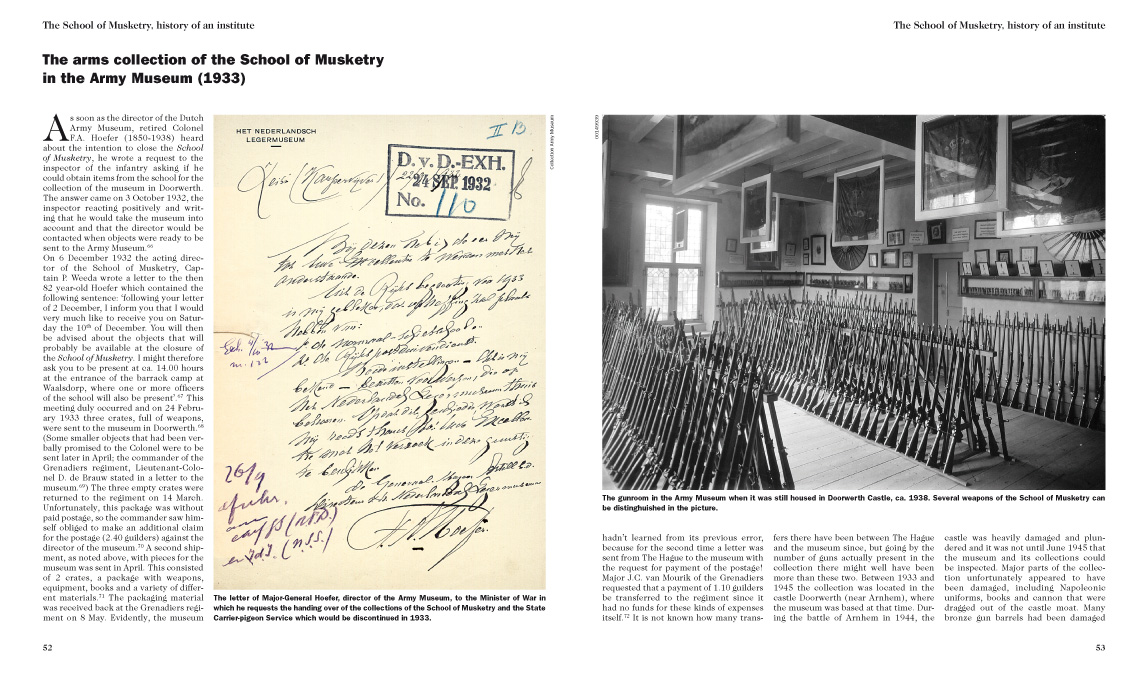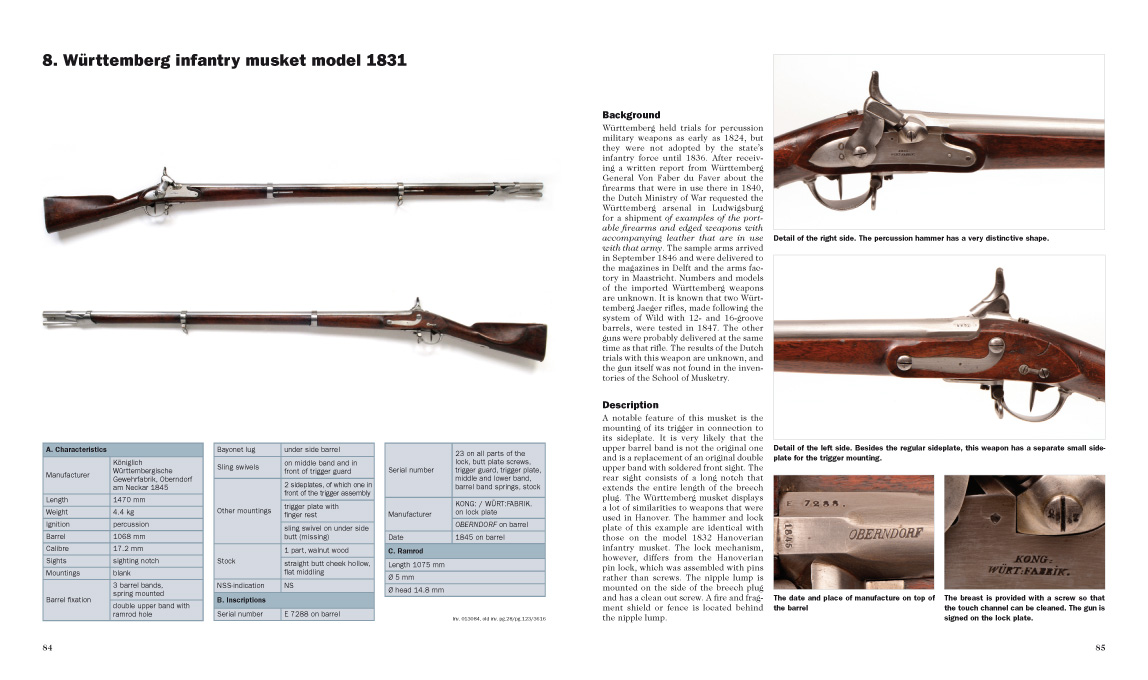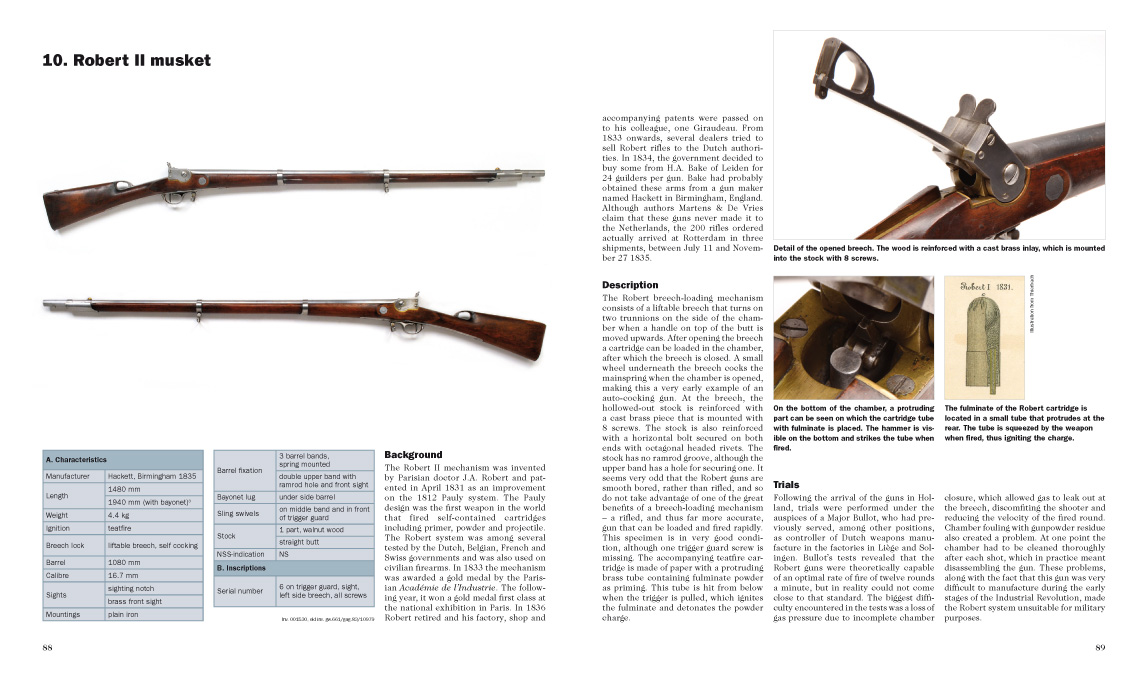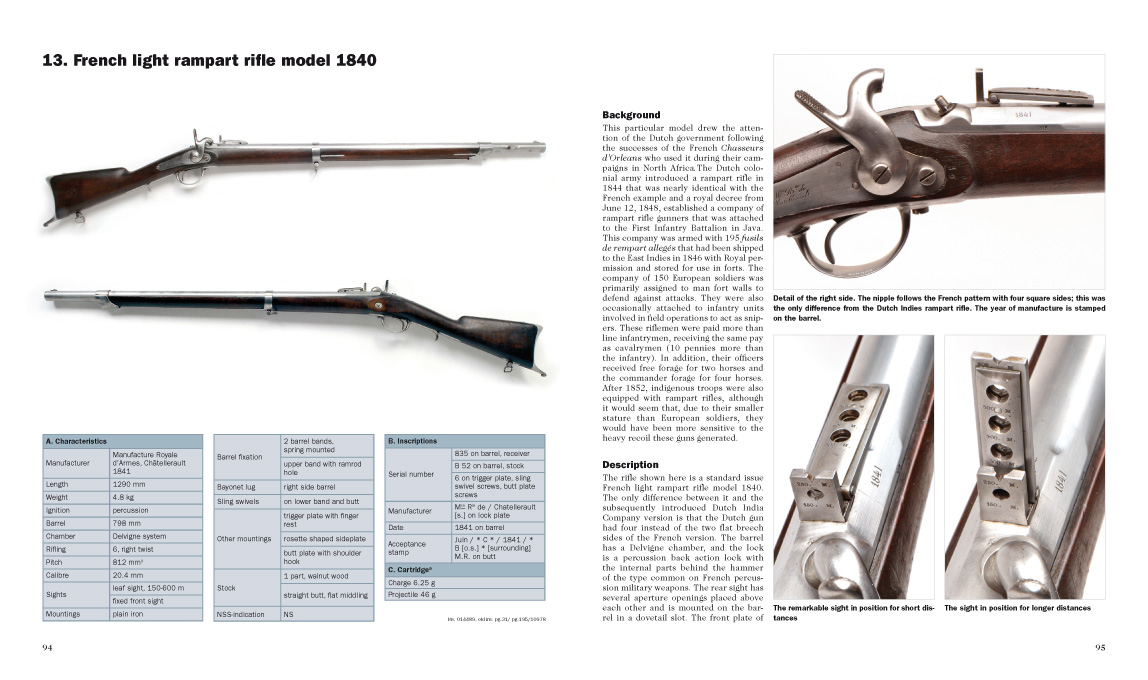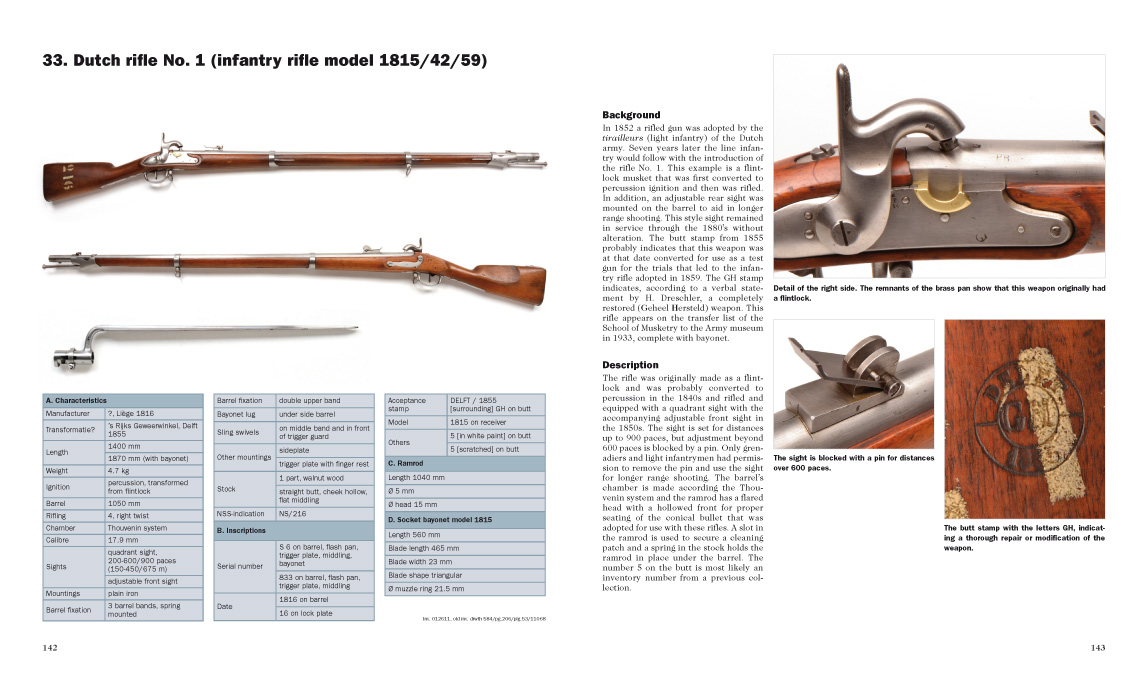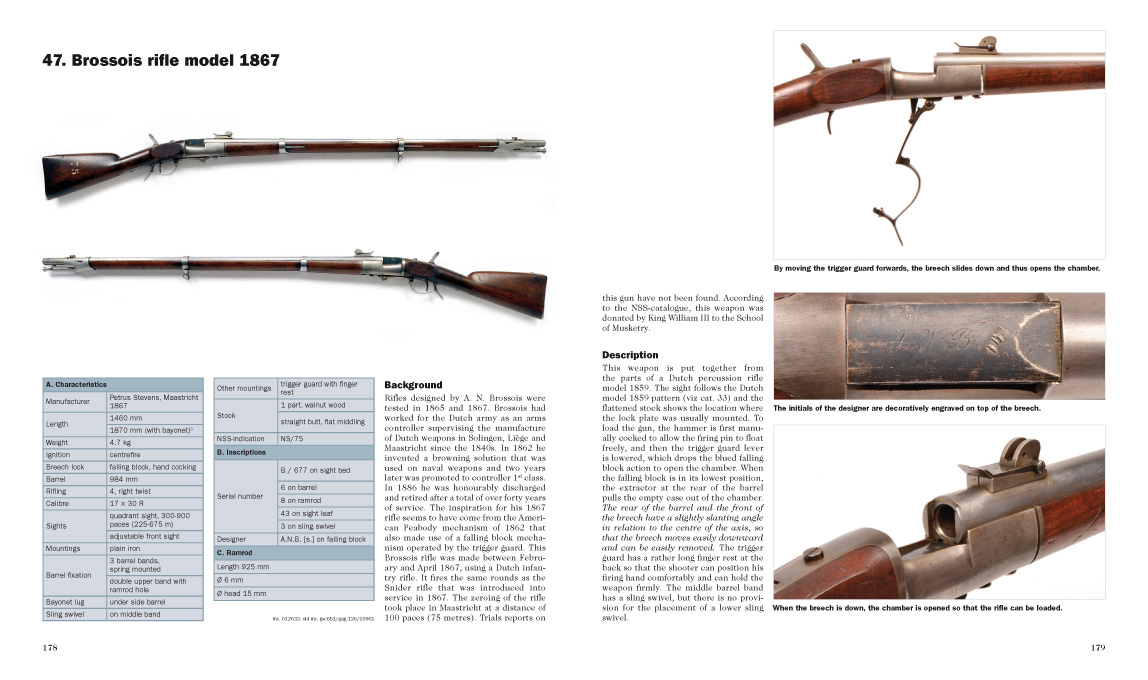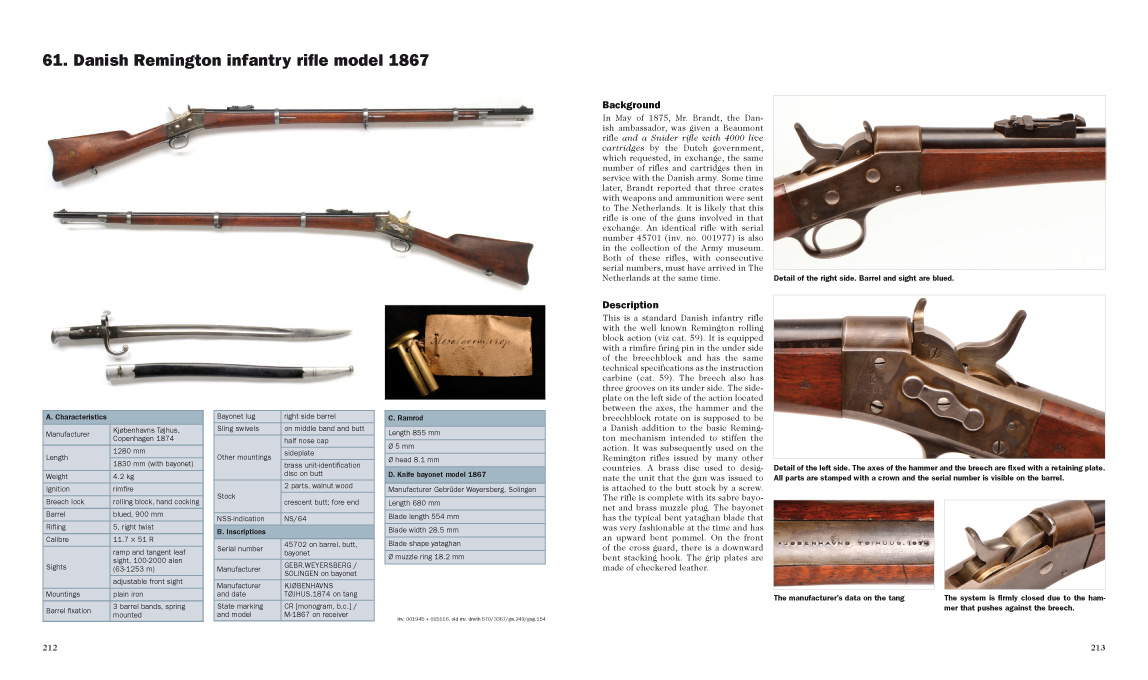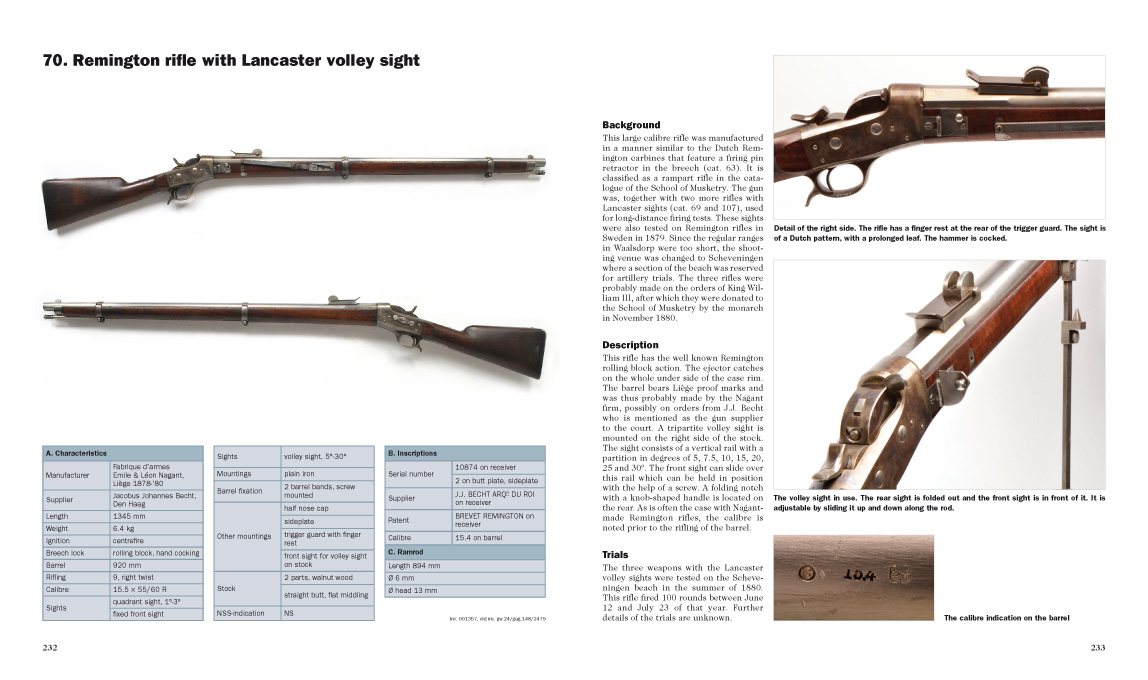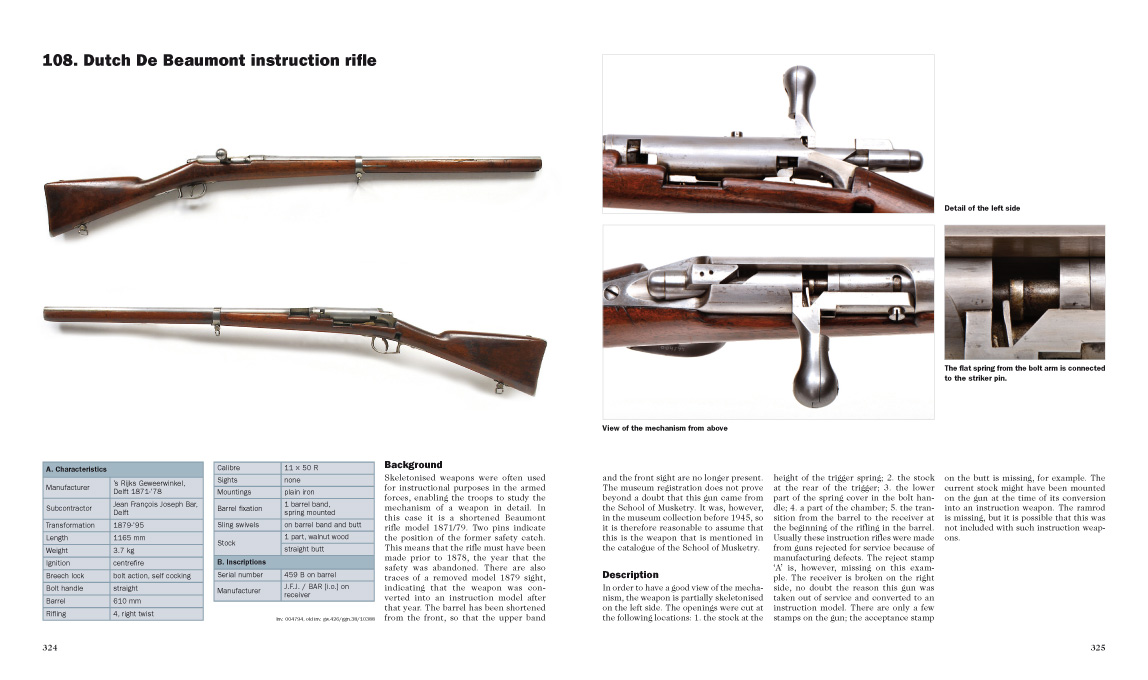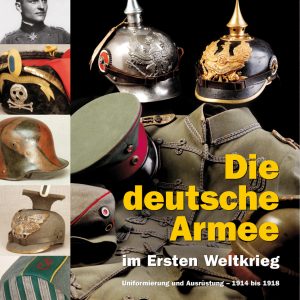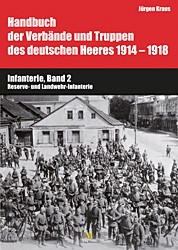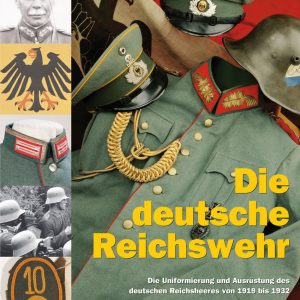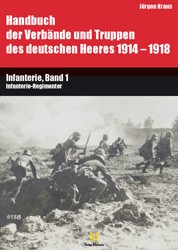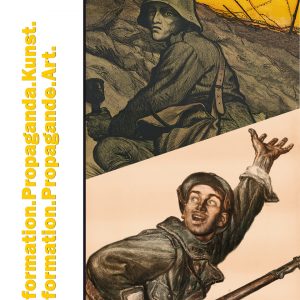Experiment and Trial
624 pages, approx. 1500 photographs and illustrations, linen-bound with a book jacket. Format: 29,5 x 25 cm
€99,00
Inhalt:
The Normaal Schietschool (School of Musketry) was established in The Hague in 1855. Until its closure in 1933 this military institute was the centre for all matters relating to the education of shooting instructors, firearms and ballistics. The institute also had other tasks besides the investigation of firearms and related matters; it was an important influence in the birth of the gymnastics and fencing schools in the Netherlands, as well as being the official body for the inspection of shooting ranges. This many-sided institute was closed down in 1933 for economic reasons.
The 19th century industrial revolution ushered in a period of rapid change and invention in firearms technology. The development from single-shot muzzle¬loading muskets to quick-firing bolt-action magazine rifles was completed within a period of 50 years. The Normaal Schietschool was pivotal to these developments. Its members investigated and carried out trials of many of the firearm mechanisms to see which were most suitable for possible adoption by the Dutch army. Many of these weapons had to be obtained from foreign countries, since the Netherlands lacked an extensive arms industry. Because of this, the school held an exceptional international firearms collection including many remarkable models and prototypes, as well as some curiosities. This weapon collection is now one of the most important collections of 19th century firearms in the world and has been in the possession of the Dutch Army Museum since 1933. The collection comprises of 218 firearms, many of which are now are now unique and unparalleled in any other collection in the world. In this catalogue, all these guns are described at length, complete with the trial reports and other related accounts and documents, making it possible to gauge contemporary opinion of these developments at the time and how the different actions were regarded following their investigations in The Hague. In addition, this is the first time that so many 19th century gun mechanisms have been brought together in one single publication, creating a veritable encyclopaedia of the many systems which were in existence at the time. The publication is completed by appendices in which the reader can discover the identities of those who worked at the firearms trial departments and which firearms were tested in The Netherlands.
Related products
-
Uniformierung & Ausrüstung
Die deutsche Armee im Ersten Weltkrieg
€99,00Includes 20% MwSt.plus shippingAdd to cartUniformierung und Ausrüstung – 1914 bis 1918
-
Uniformierung & Ausrüstung
Teil VI: Infanterie, Band 2
€49,90Includes 20% MwSt.plus shippingAdd to cartReserve- und Landwehr-Infanterie
-
Uniformierung & Ausrüstung
Die deutsche Reichswehr
€89,90Includes 20% MwSt.plus shippingAdd to cart -
Uniformierung & Ausrüstung
Band VI: Infanterie-Regimenter
€49,90Includes 20% MwSt.plus shippingAdd to cartHandbuch der Verbände und Truppen des deutschen Heeres 1914 – 1918
-
Uniformierung & Ausrüstung
Information.Propaganda.Kunst. Information.Propagande.Art.
€49,90Includes 20% MwSt.plus shippingAdd to cart
